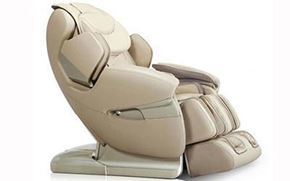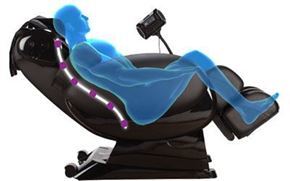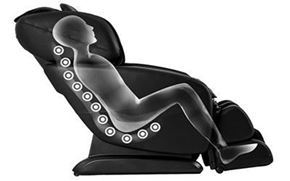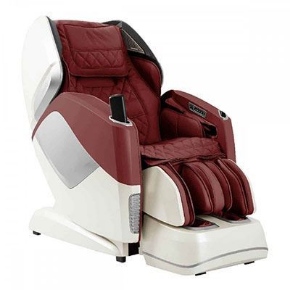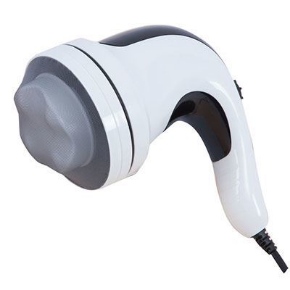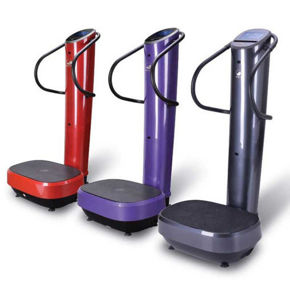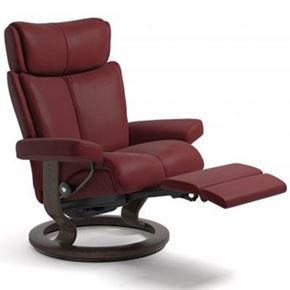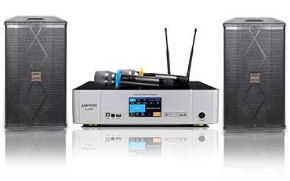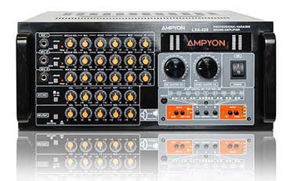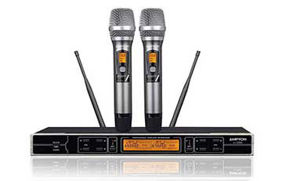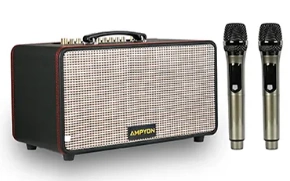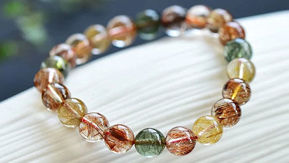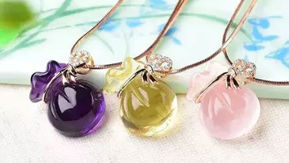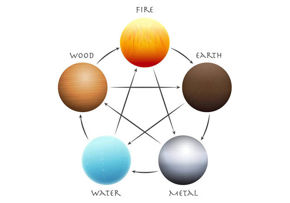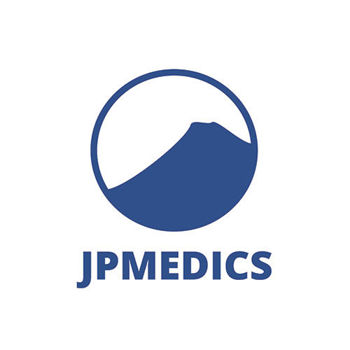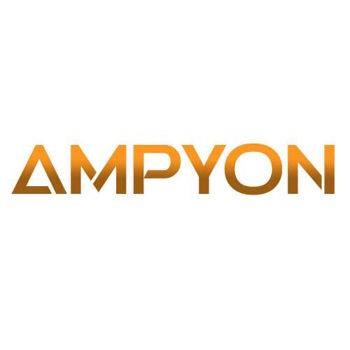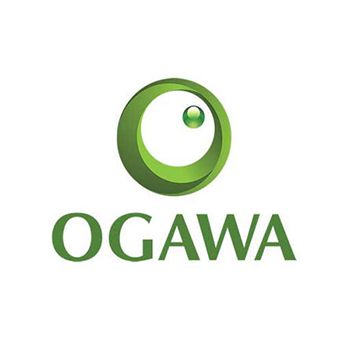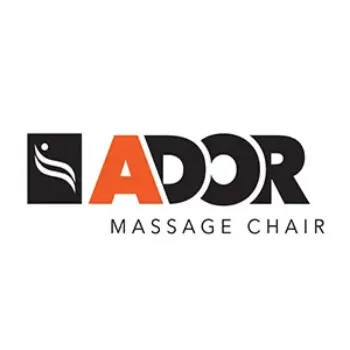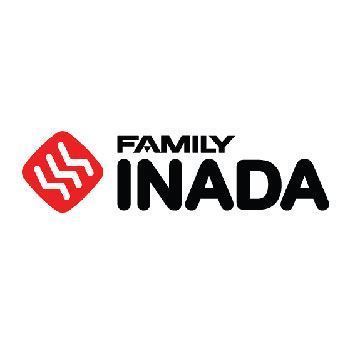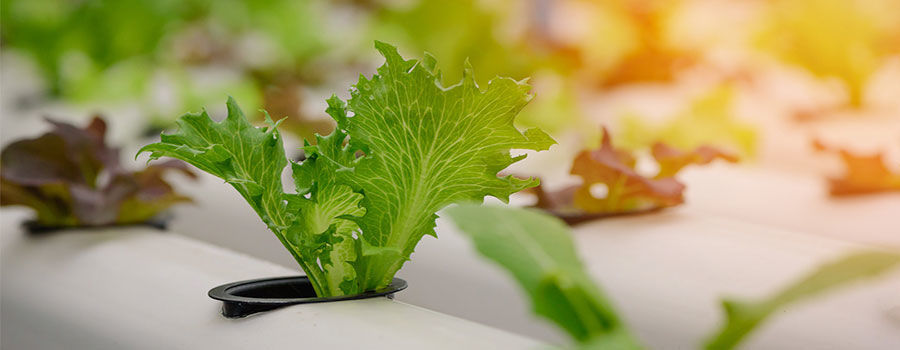
All hydroponics systems work using virtually the same components that work in the same way. When you understand the basics and learn how they function, it will easier to maintain this system and avoid problems.
As with any system, there are problems revolving around the hydroponic gardens. These problems may be related to the nutrient solution, pest, diseases, oxygenation, and much more. This article will highlight 6 common problems related to hydroponic gardens.
- Aeration
Aeration or supply of oxygen for the plants’ roots is one of the common problems with hydroponic system. If the hydroponic system is designed using PVC pipes with holes drilled for plants, then clog up aeration in the root zone can be a problem.
In order to correct this, make sure you provide proper aeration, for examples, using raised platforms or pumps suitable for hydroponics.
- Nutrient
Another problem is how often to supply the aggregate nutrient. If you simply follow the interval for normal plants in soil i.e. three to five times weekly, you will eventually kill your hydroponic plants. Because of the wider air gap in hydroponics compared to soil, the nutrient solution will have a tendency to dissipate from the aggregate faster than water from soil. So by and large, get ready to supply nutrient to your plants at least once daily.
The simplicity of the system will determine how frequent nutrient solution will be added. Factors like light, humidity, temperature, types, and size of your plants and container will also determine the interval, which should basically be anywhere from one to four times daily. This means that you can't leave your hydroponic plants for a weekend without adding nutrients, they would begin to suffer.
If you must leave your garden for more than two days, simply get someone to feed the plants for the period of your absence or alternatively, have your hydroponic system automated.
- Root Rot
Chlorinated water may not be the leading cause of root rot, however, if your plants are suffering from one of the following:
ðBrown root tips
ðWilt at mid-day and strong at night
ðTurning yellow and then died
ðStunted growth
Then get ready to deal with Root Rot. Treating Root Rot is more difficult than preventing it, as it is difficult to control the root once the rot has begun.
Solution: treat pond by gradual sand filtration before using it to irrigate your plants. Other successful water treatment plans include the use of ultraviolet light, chlorination, water heating, all of which are effective to stop the organism causing Root Rot (Pythium Root Rot).
- Clogs
Clogs are the major problems with spray systems and drip systems. Spray/drip systems utilize high pressure pumps to force nutrient solution through extremely small openings. Pre-filters and nutrient filters can reduce the effect of clogging but will not totally eliminate it. If you use one of these systems, get ready to spend additional time each day checking and replacing any spray nozzle head if they stopped working.
- Algae or Parasite Infestation
Parasites surmounts when the sterility of the system is compromised. Greenhouse or outdoor systems often experience a problem like this. However, the usual chemical or physical parasite killers for gardening will do the job. And of course, an organic method like vinegar solution or diatomaceous earth is most recommended.
This is another common hydroponics problem. Algae’s growth often starts on the sides of tanks or within the hoses connecting the pump and solution circulation reservoir. The easy solution for the most algae problems is to limit its exposure to sunlight. This is why kits purchased from stores are black or deep green. Make sure your trays, tanks, and so on are dark enough to block sunlight infiltration. If you don’t have any of these, black garbage backs can be used to line them inside or outside to block the sunlight.
- Twinning
Seeds like that of lettuce are quite small even when covered with different chemicals, fungicides or packaged with nutrients. As tiny as their seeds are, two seeds can be placed in one foam plug, unintentionally or as a result of carelessness or human error. The two seeds will germinate and constantly compete for water, light, and nutrients. Commonly, one plant will survive, yet, that isn’t always the case. If the gardener does not observe two plants in one plug while planting, then a twinning effect will take place. This competition will not make bring out the best in your plant; it will lead to stunted growth and eventually death of the plant. This can be controlled by properly examining the plants and immediately removing any plant that is out of place.
GENERAL MAINTENANCE TO PREVENT COMMON HYDROPONICS PROBLEMS
Pyrethrum has been and will always be a safe and effective method of control. Yes, it is man made, but actually, it is derived from flowers. This natural compound is released by plants and extracted to be used in many commercial insecticides. The compound is safe when correctly used – dosage is also low. Azatrol is a wide range insecticide that provides an easy control method over common pests.
Quite a large number of problems with hydroponic systems originate from improper maintenance and failing equipment (mostly older ones). Hence, proper routine equipment maintenance should be carried out. It is actually not very tedious, just make it a habit and see how easy it’ll turn out to be. Adequate cleaning is the most often disregarded duty of the entire planting process. Use cleaning method to flush out the tubes, mediums, and trays when the beds are empty.
Pesticidal soaps have been in existence for centuries and still provide nontoxic and effective ways to prevent pests. The botanicals are compounds released by plants that when combined into an easy pest control method has proven highly effective. Botanicals separate naturally from exposure to water and air and are outstanding because they leave no toxic chemicals behind.


